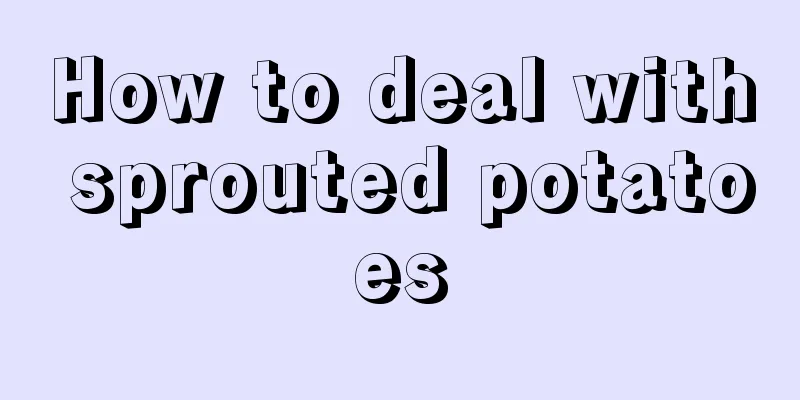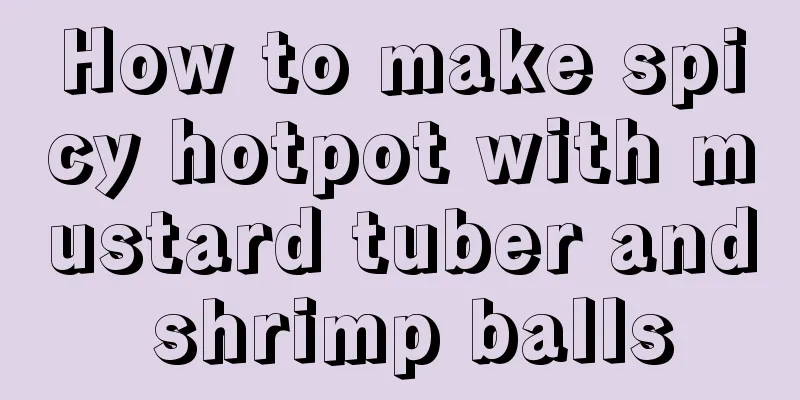How to deal with sprouted potatoes

|
In life, many people like to eat potatoes very much, because potatoes are high in carbohydrates. Eating potatoes regularly can supplement the nutrients needed by the human body. Moreover, potatoes are very cheap and can be stored for a relatively long time. Especially in winter, when there are no fresh seasonal vegetables, you can eat potatoes. There are many ways to cook potatoes, and many housewives can make potatoes in various ways. So how to deal with sprouted potatoes? Most of us know that potatoes are high in carbohydrates, but the part we eat is actually called a “tuber.” For potatoes only they need to store enough food to last through the winter. Food in the form of sugars is created through photosynthesis and stored in the tuber, which is the part we eat. What we are concerned about is whether the sprouted potatoes are toxic, that is, the "glycoside alkaloids", the most common of which is called "solanine", also translated as "solanine". For potatoes, they have anti-insect and antibacterial properties. It is a self-protection mechanism of potatoes themselves. Solanine does have an impact on humans. Symptoms of oral poisoning are generally vomiting, diarrhea and neurotoxicity, and severe cases can even lead to death. In the UK, there was an incident where 78 students were poisoned after eating potatoes with high solanine content. From this we can see that although solanine has a certain degree of toxicity, it is far from being as terrible as arsenic. If you look closely at a potato, you'll notice the "eyes" - the little dots you see when you look at the skin or peel of a potato. These are actually the nodes of the stem. New leaves and branches will be produced on the normal stem above ground. These form sprouts that start growing on the potatoes if they are left in the cupboard for too long. They are triggered by the warmth of your home, and if they are exposed to light this will speed up the process and also turn the surface of the potato tubers green. But light and warmth also trigger the production of solanine, a chemical that tends to be concentrated in the chlorophyll just under the potato skin and in newly developing shoots. Sprouting and green potatoes are edible We already know that solanine is often concentrated in the skin and sprouts of potatoes, but the part we actually use is the structure inside that stores carbohydrates. So as long as we can handle it properly, it can be eaten. For potatoes that are still just sprouting, you can simply remove the sprout from the firm potato and dispose of the potato at the eye position. The green potato skins should also be processed. At this time, most of the nutrients remain intact and have little impact on consumption. As the sprouting process progresses, the potato begins to shrink as more and more starch is converted to sugar and used by the growing sprout. A wrinkled, sprouting potato will lose more nutrients than it actually contains and it won't taste very good. At this point, you can give up. |
<<: How to prevent potatoes from sprouting
>>: Is black bean soup really effective?
Recommend
How to make plum love fruit
Nowadays, more and more restaurants are doing gro...
How to make carrot and meat wontons
What skills do you need to master in order to mak...
How to make tea flavored glutinous rice chicken
Delicious food not only increases people's ap...
What is the authentic way to make Yan Du Xian?
In the Jiangnan region, there are not only numero...
How to cook tender beef with pickled cabbage
As the National Day holiday is approaching, you m...
How to make eggplant baked rice
Life is stressful nowadays, and many of our frien...
How to make fried pumpkin seedlings with red snails
Stir-fried red snails with pumpkin seedlings is a...
How to make vegetarian buns
The main advantage of eating out is that it saves...
How to make crispy bitter melon
Most young people nowadays are very lazy and alwa...
Can pregnant women drink donkey meat soup?
There is a Chinese proverb that compares donkey m...
How to make two-sided yellow rice cake rice
I think many people’s IQ drops to zero when they ...
How to make ham dumplings (sesame flavor)
Home-cooked meals are meant to give people the ta...
How to make braised eggplant strips
Appetite is also a desire, and in order to satisf...
How to make lotus cabbage soup
Cooking is a science and of course a skill. Only ...
Quick and easy food - fried noodles
Quick-made delicacy - fried noodles is an ingredi...









